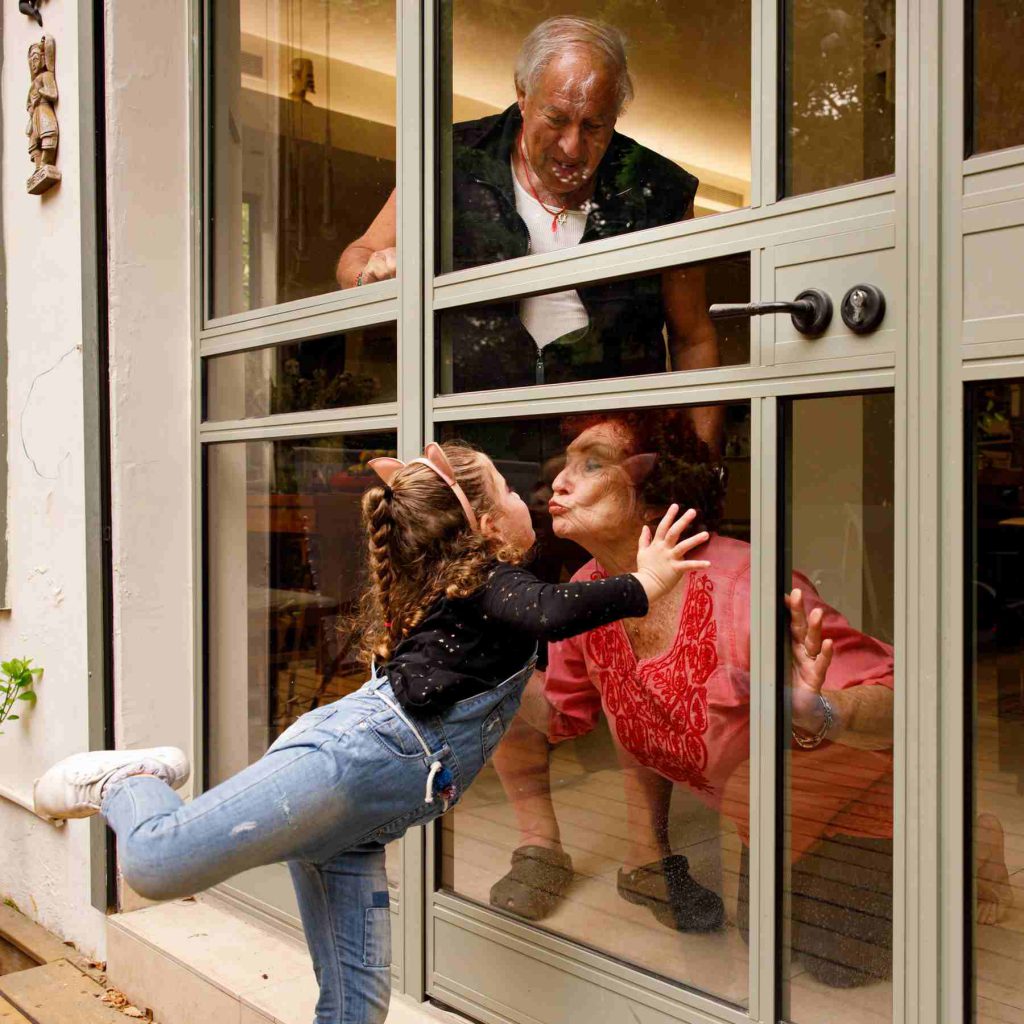They started out in Israel, made an international impression, won prestigious awards, sold images for tens of thousands of dollars – and left a permanent mark in the art world of Israeli photography. Ziv Koren documenting relatives saying a final goodbye to loved ones during the pandemic; Nati Shohat capturing the Jewish spirit inaction; Israel Bardugo shooting in the Wailing Wall at its busiest night of the year; the different layers of Adi Nes‘ personality reflected in his work; and Amos Nachoum finding harmony in the wilderness. In a special project by Forbes – Israel‘s leading photographers chose the most significant photos from their own collections and talked about the journey, the creation process, and of course, working during a pandemic
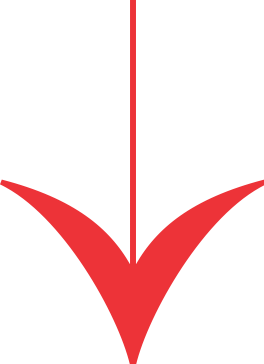
Ziv Koren | zivkoren.com
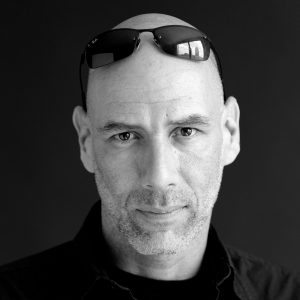
Born in 1970, Ramat Gan. Ziv Koren is a press photographer who gained an international name as one of the most important docu-photographers in the world. Koren has been documenting the Israeli army and police forces ever since his service as a military photographer. Thanks to his experience and talent, he gained special access to the army’s elite units at sea, air, and on land.
Koren’s breakthrough in the international arena came in 1994, thanks to his documentation of a terror attack in Tel Aviv’s city bus when he was a photojournalist for “Yedioth Ahronoth” newspaper. The hard-hitting photo, showing the bus post-explosion, gained him a World Press Photo award, and the title of “Picture of the Year” in some of the world’s most important magazines. Following these events, he joined ‘Sigma’, an international photography agency, in 1995. Ever since, he has been photographing for reputable magazines in Israel and around the world, such as Time Magazine, Newsweek, Der Spiegel, Stern, Paris Match, and Le Figaro.
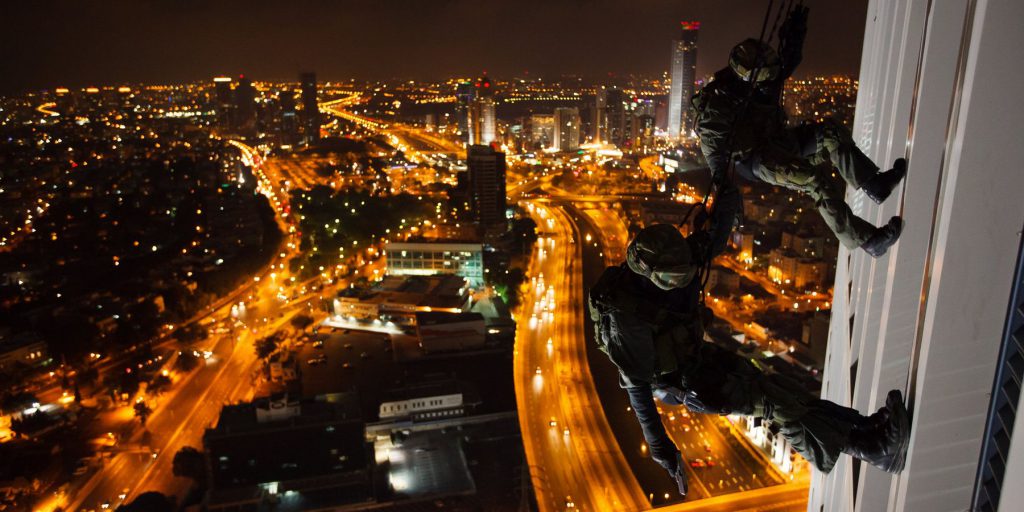
“Ever since the coronavirus pandemic has hit Israel, many of my projects have been halted, mostly commercial work and planned trips abroad. However, the international media has shown interest in everything that is happening in Israel during these times. Thus, for a year and a half, I intensively documented hospitals in the country, first aid care, police, the army, and other authorities.”
“Recently, I published a book called ‘Breathe’, which summarizes around 200 days from the pandemic, in which about a quarter of a million photos were taken documenting the events in Israel. At the same time, I presented a coronavirus project at the world’s most important international photography conference in the south of France. During this period, I published quite a bit in the international and national media, among them in the New York Times and National Geographic, alongside publications in other newspapers.

“Tel Aviv’s Ichilov Hospital was the first in the world to allow families to say goodbye to their loved ones – when it was clear that they would not survive. I photographed the first family (of the late Batsheva Vita) to enter the coronavirus ward to say their final goodbye.”
“The photo was published in the New York Times and has led many hospitals in the country and around the world to change policies and allow visitations. In my opinion, this is my most significant and influential documentation from this period, one that has managed to bring about real change.”

“I chose the cover of my book ‘Breathe’ – a photo of my parents kissing my daughter Or, on her fourth birthday, through a glass door. After not meeting for several months”. (The photo opening the article).

Israel Bardugo | bardugo.com
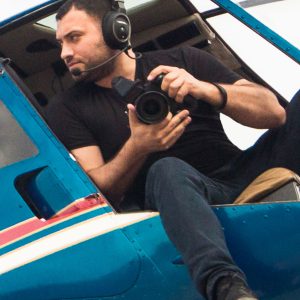
Born in 1984, Jerusalem. His family was in the photography business in Europe during World War II. In 2004, following the crash of the plane of the late pilot Zvi Paz, Bardugo began aerial documentation of Israel from a helicopter – a project dedicated to Paz’s memory. In a tragic coincidence, in February 2021, the head pilot of the project, the late Amos Givol, was killed in a helicopter accident.
Bardugo gained international success and won an award given to him by former Prime Minister Benjamin Netanyahu. Among his projects in recent years: a documentation of the establishment of the Freedom Tower in New York, photographing the World Cup in Brazil, and documentation of the destruction of the Amazon rainforests. His work sells for tens of thousands of dollars in galleries overseas, and his clientele includes international corporations, government ministries, and tourism entities. In addition, he serves as head of policy at the Israeli Photographers’ Association.
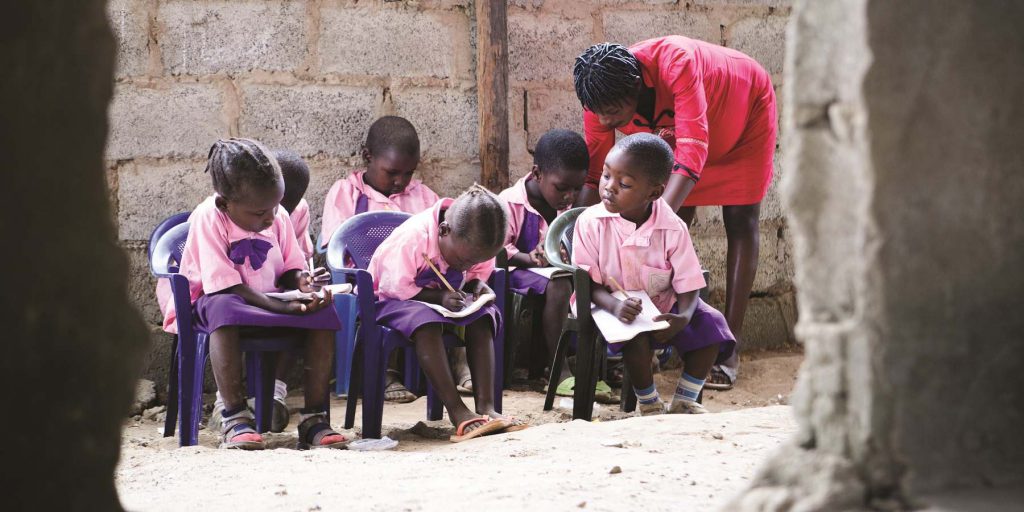
“I was at the Airport when I heard of the outbreak of the pandemic, on my way to shooting in a Jewish orphanage in Ukraine. This flight, as well as an aerial project planned in Africa, had to be canceled. During the first lockdown, I used to fly over Israel all the time, the streets were deserted and the lack of vehicular traffic led to an amazing sight, devoid of soot and fog. This is how we were able to photograph Jerusalem for the first time against the backdrop of the Dead Sea.
“In the second lockdown, I have already completed my law degree and the establishment of Israel’s aerial photography database, which currently holds about 12,000 photographs.”
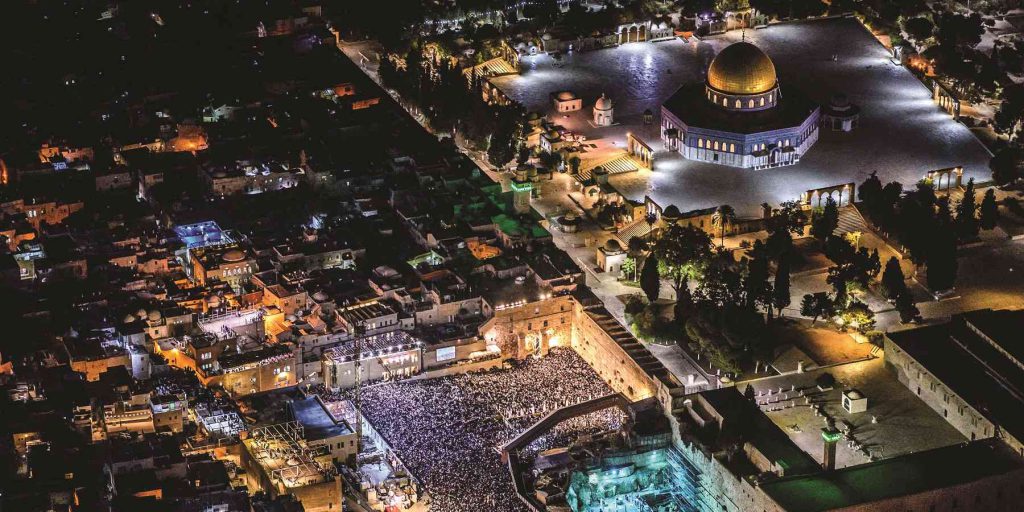
“One of the photos I managed to take after years of waiting is “Jerusalem of Slichot” (forgiveness) – an aerial photograph of the Western Wall crowded with worshipers at the busiest moment of the year, shortly after midnight on Yom Kippur Eve. It was shot in a helicopter while flying at an unusual altitude, flown by the late Amos Givol. We printed a limited edition and the first copies were actually purchased by customers from the Arab world.”
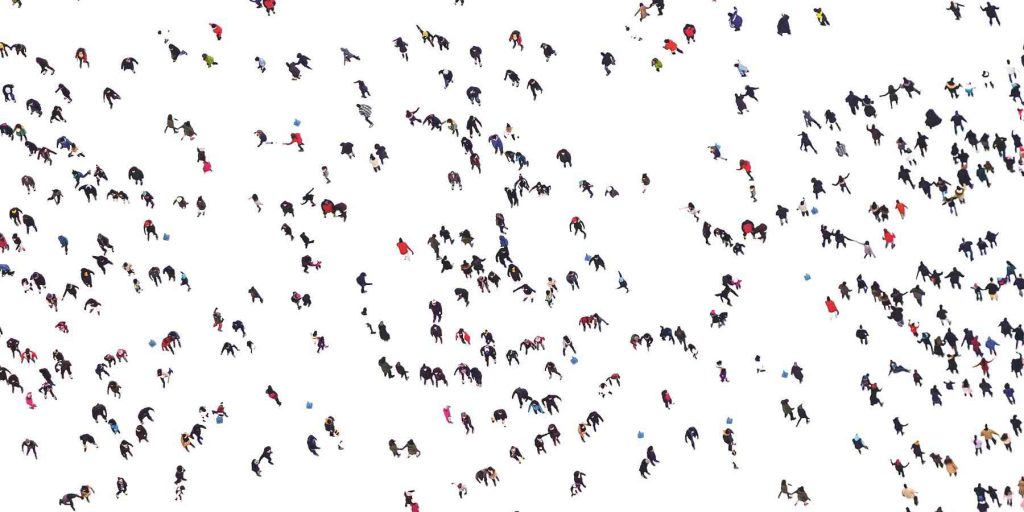
“Beyond the high costs of producing a day of aerial photography, it takes quite a few mental resources. To be able to get the best image we remove the doors from the helicopter and stand on the verge, exposed to the wind. This profession requires patience and luck. You can wait for months or even years for the right frame and need to be ready for disappointment. Sometimes it feels like hunting, but when the perfect photo appears, it’s exciting.”

Nati Shohat | flash90.com
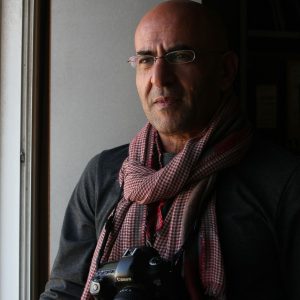
Born 1964, Jerusalem. Shohat has been photographing from a young age and works as a press photographer since 1987. In 1990, he founded “Flash 90”, which over the years has become the most influential news agency for coverage of the Israeli press, capturing the highlights of the life of the nation.
From its inception, the agency has operated with newspapers from around the world, and in time has begun to market subscriptions to international newspapers, similar to leading international agencies.
In recent years, Shohat has enriched the agency’s archive and site with photographs of landscapes and cultures from around the world.
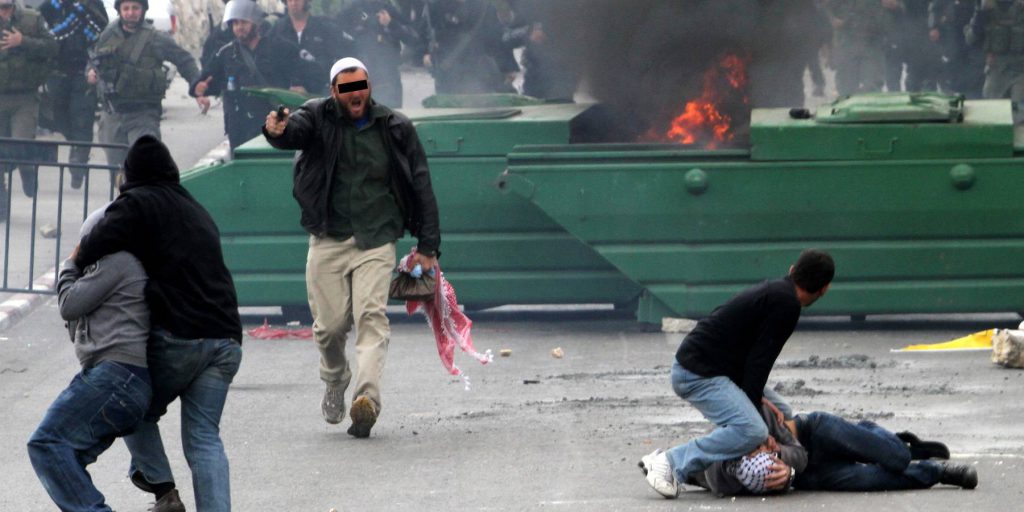
“The main product that I and the agency market today in the world is internal documentation of news events in Israel and the Palestinian National Authority – photos that captivate major media outlets. I have mentored several generations of photographers, and the agency I set up is like a kid growing up and constantly evolving. Every time I see a photo from one of our photographers I am filled with happiness.”
“As part of my professional development, I started leading personal projects that allowed for a documentary glimpse into a variety of areas that are considered particularly challenging to cover.”
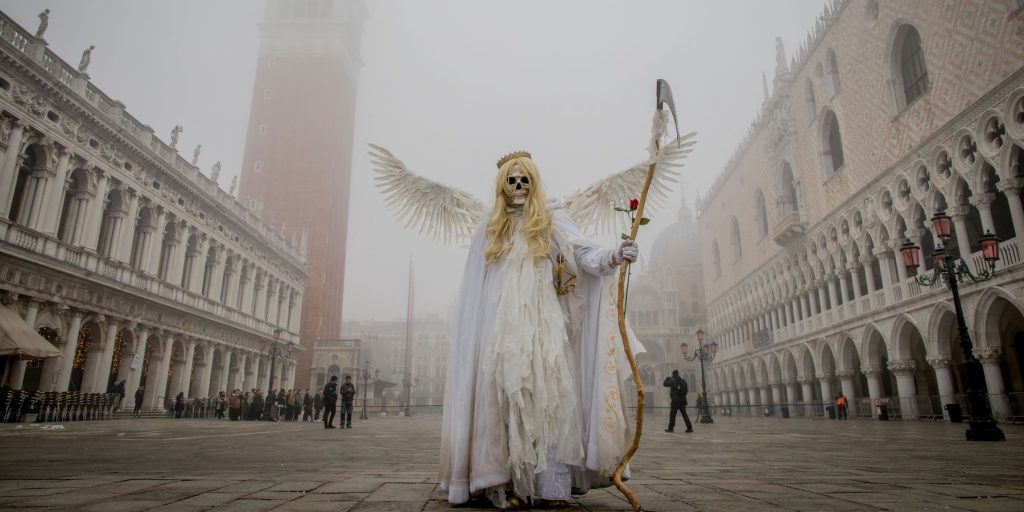
“Among the areas were lengthy documentation of soldiers of undercover units, the settlers’ lives in the West Bank, or a training course for border soldiers. There was also documentation of closed sex communities, activities of Israeli doctors to save lives in Africa, documentation of Israeli-Jordanian relations, and a host of other projects. All of these express my ability to create a personal connection with the subjects of photography, which causes a great deal of openness on their part and has allowed me to document rare and extraordinary moments over the years.”
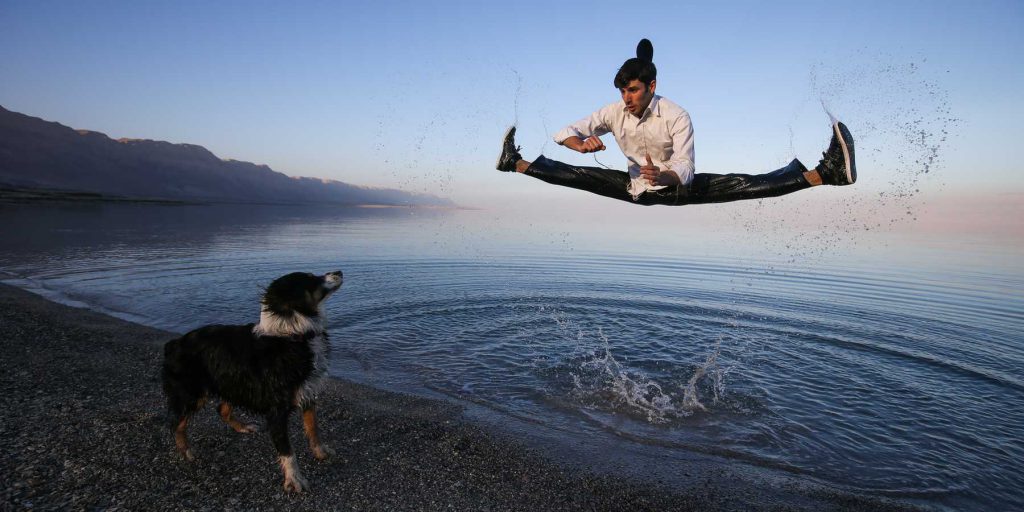
“The coronavirus has been an ongoing event that has pushed me to make a leap in terms of creativity in daily coverage, and also to answer tough professional questions such as – how to document hospitals flooded with families and patients on their deathbeds, how to convey the immense difficulty of the medical staff, or how to work during the lockdown.”
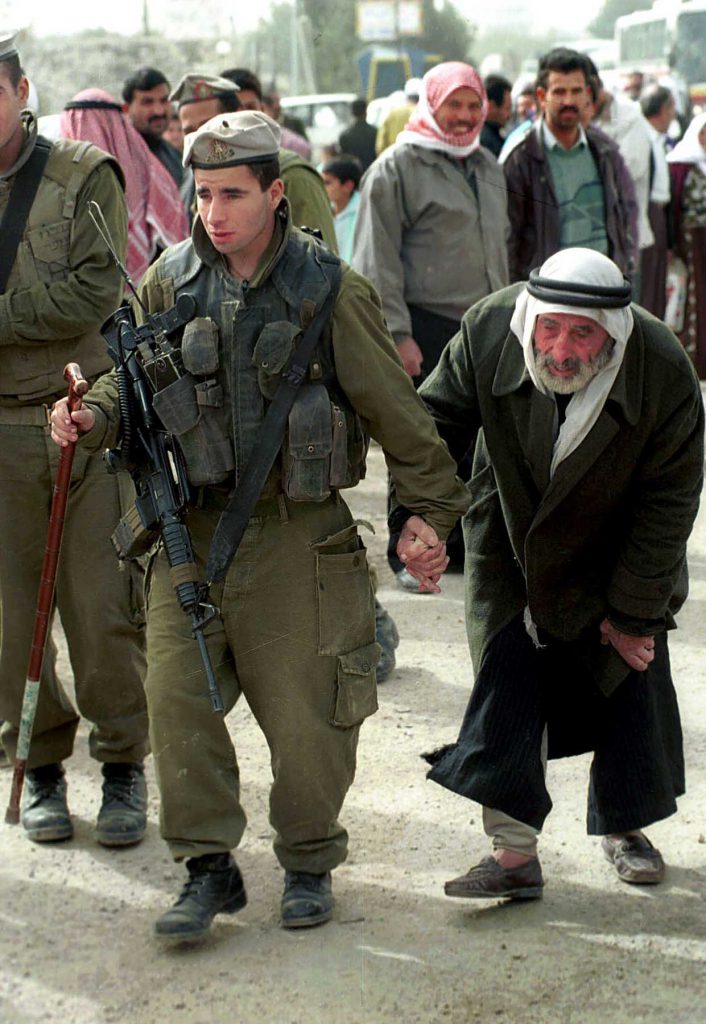
“Over the years I have photographed countless events, some happy and exciting and some sad and harsh, but one of my most memorable photos is the one I took in 1996, which shows a combat engineering soldier during heavy riots. You can see in the photo that he halted, reached out to help an old Palestinian man while using his rifle as a walking cane. This was a point where I saw the Jewish spirit in action.”

Adi Nes | adines.com
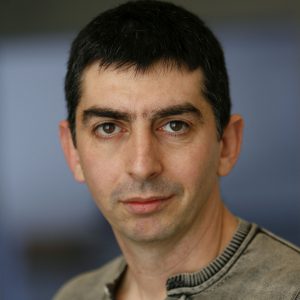
Born 1966, Kiryat Gat. His work “The Last Supper” sold for 377 thousand dollars – a record amount for an Israeli artwork. Adi started his artistic journey almost by mistake when he was accepted to Bezalel’s art and photography department at the same time, even though his portfolio did not consist of any photographs.
His international breakthrough came with his work “Muscular Soldier”, chosen in 1998 by the Jewish Museum of New York to lead an Israeli exhibition and even starred on billboards throughout the city.
“Untitled”, from 1999, is the official name of the photograph known as “The Last Supper” – one of Nes’ famous photographs, which shows a group of soldiers next to a dining table and is reminiscent of Leonardo da Vinci’s famous painting. About a year later, his work was sold to an American museum, and appeared in on the cover of international newspapers. Over the years, Nes has won many awards, and his works regularly appear in international galleries.

“The best way to understand my artistic endeavor is to imagine a one-man-show production. In the early stages, I fill most of the roles, and later, other crewmembers join in. The product is refined into a single still image. “As an artist, I develop my own body of work and release it to the world only when perfect in my eyes.”
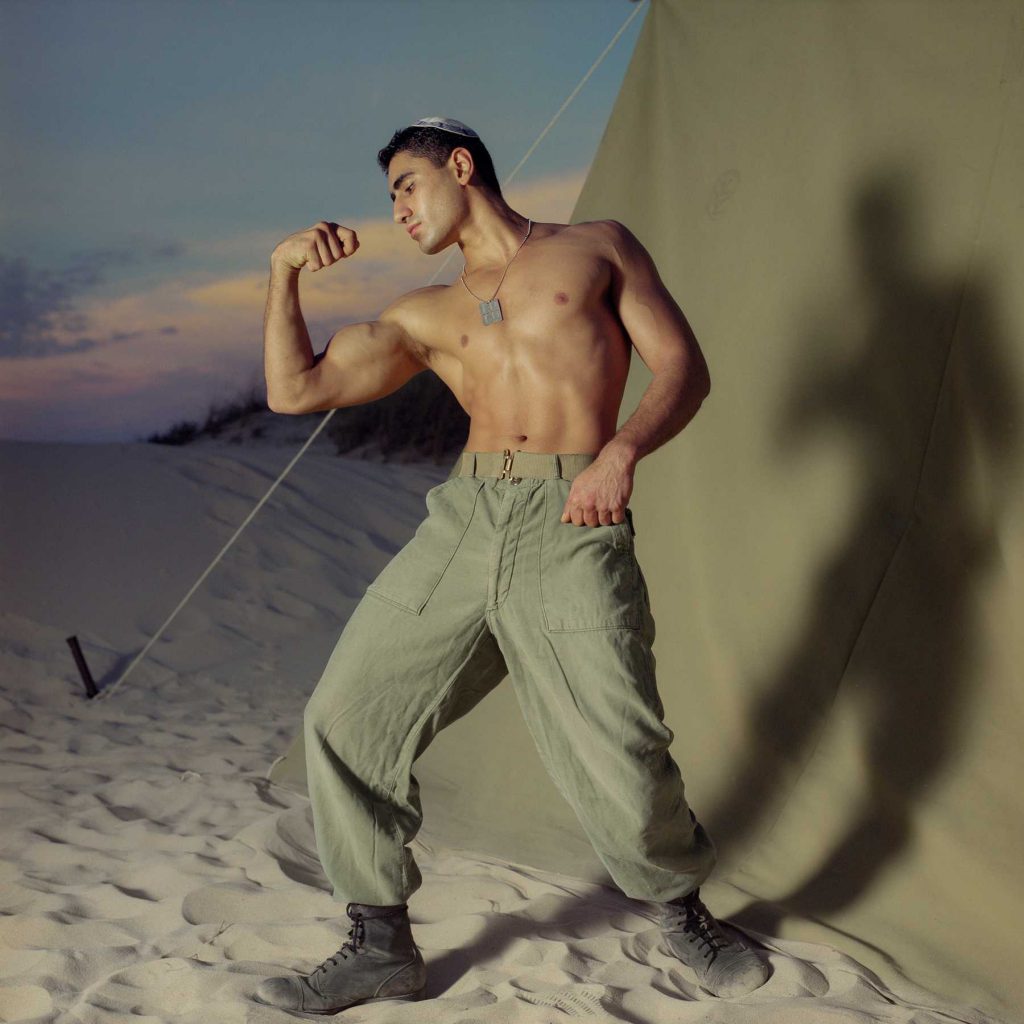
“Most of my work on a series of photographs takes years, but I rarely accept offers to participate in international magazine projects, like Men’s Vogue magazine I used to work with. International trade in projects I have done in the past continues all the time in galleries, art fairs, and the secondary market.”
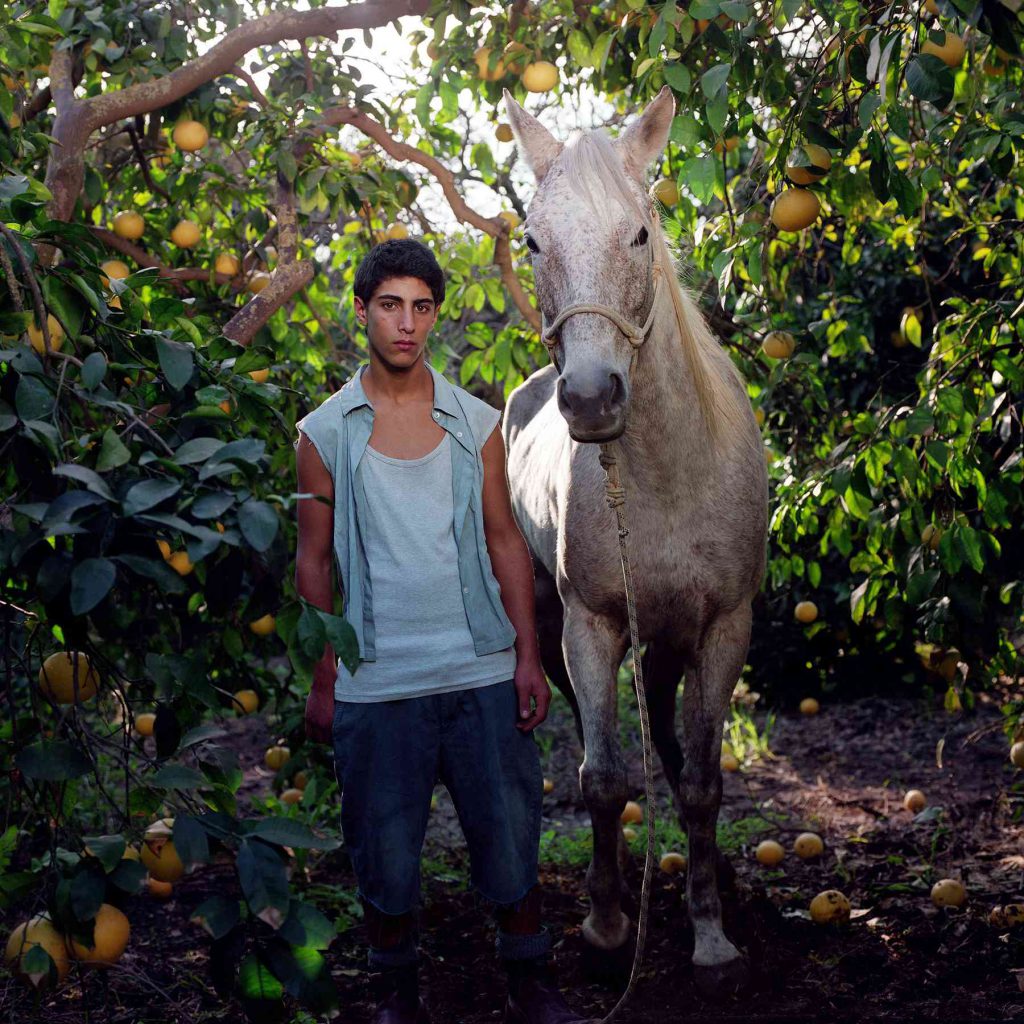
“My work process is slow and I rarely present in exhibitions. Shortly before the pandemic, I was ready for a new series shoot, but the new reality in which we found ourselves disrupted my plans.
“Sometimes an artist is ahead of his time and sometimes reality catches up and closes the gap. Images I developed pre-coronavirus and were fresh and true at the time suddenly became clichés, so the new project was shelved. Naturally, an artist processes situations and experiences through the years, and later it comes out in the work.”
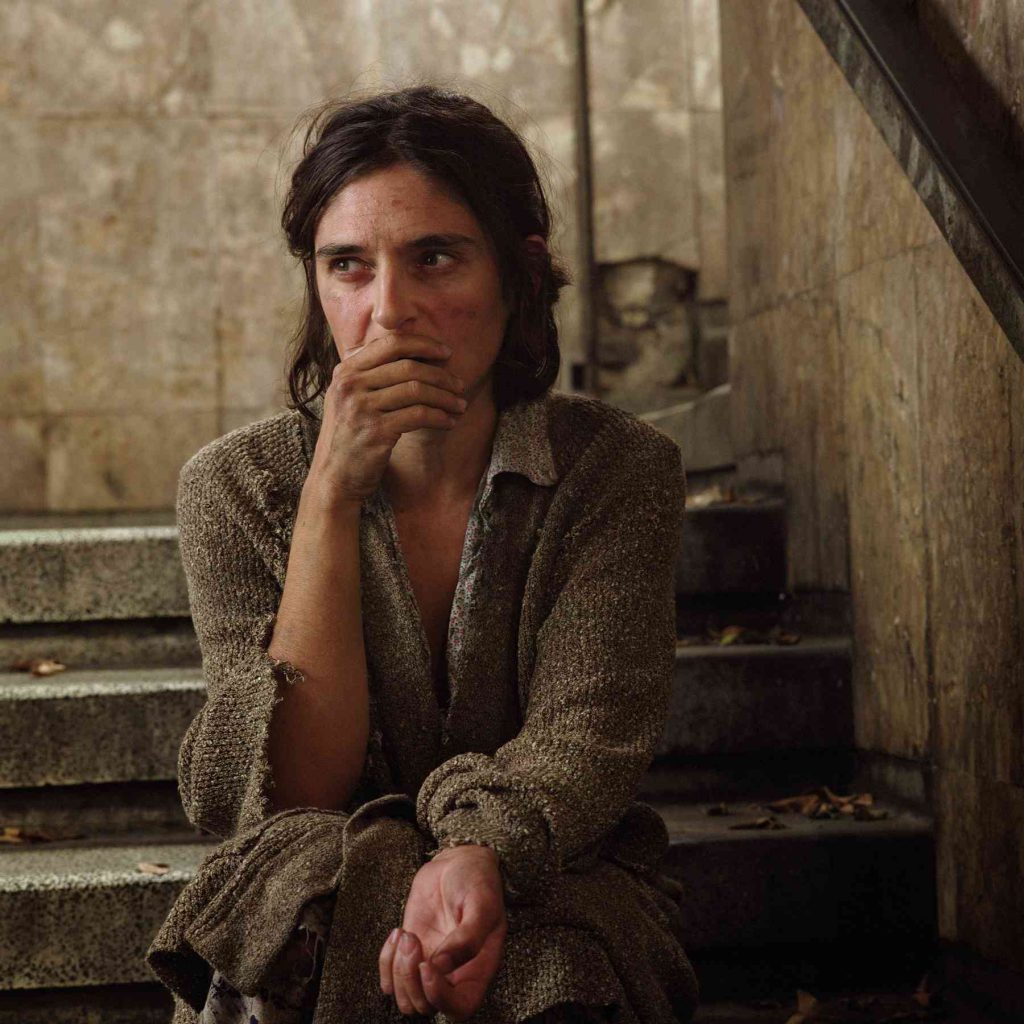
“The images I have chosen contain the various layers that exist in my personality and are reflected in my work. Firstly, my preoccupation with identity on its various faces: masculinity and being Israeli, gender and homoeroticism, ethnic origin and the connection to mythologies, Judaism and art history.”

Amos Nachoum | biganimals.com
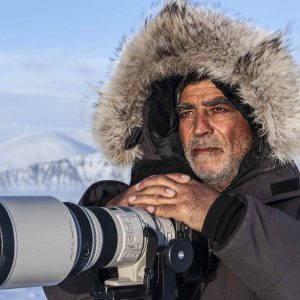
Born in 1950, Jaffa. He is considered one of the greatest nature photographers today and the best underwater photographer in the world. He started his career as a fashion photographer, and his photographs as a soldier in the Yom Kippur War were seen around the world. After the war, he turned to his great love – travel by sea and diving. Since the 1980s, he has been photographing the largest animals in the world. In 1982, his big break came in the international arena, after participating in a National Geographic magazine expedition in South Australia to document the Great White Shark.
The Great White Shark photo, leaping out of the water with an open jaw, has become iconic and has appeared on the cover of numerous magazines, including Life magazine.
Today, Amos divides his time between California and leading voyages to the depths of the oceans as part of the activities of the “Big Animals” company he founded.

“My main photographs are the ones that show authentic wildlife behavior. I do above and beyond, go to extreme lengths, and invest the time necessary to document animal behavior without human intervention. My effort is designed to dispute the myth of danger in wildlife. The solution to fear is knowledge and experience.”
“I came up close to most super-predators in nature: polar bears above or under ice, Nile crocodile, Orca whale, Leopard seal, anaconda, and even a Great White Shark – all in open water and without a cage, when everything is done safely.
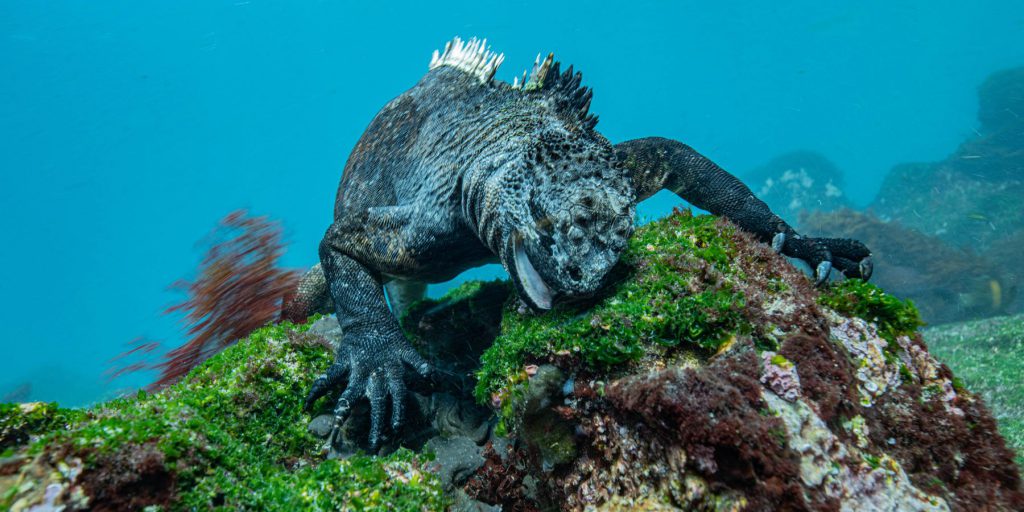
“I set up expeditions and accompany small teams of dedicated and adventurous photographers to encounter wildlife. I want to enhance the wildlife photography field, one man at a time. Today I lead a team at the “Mission Blue” Nature Conservation Agency.
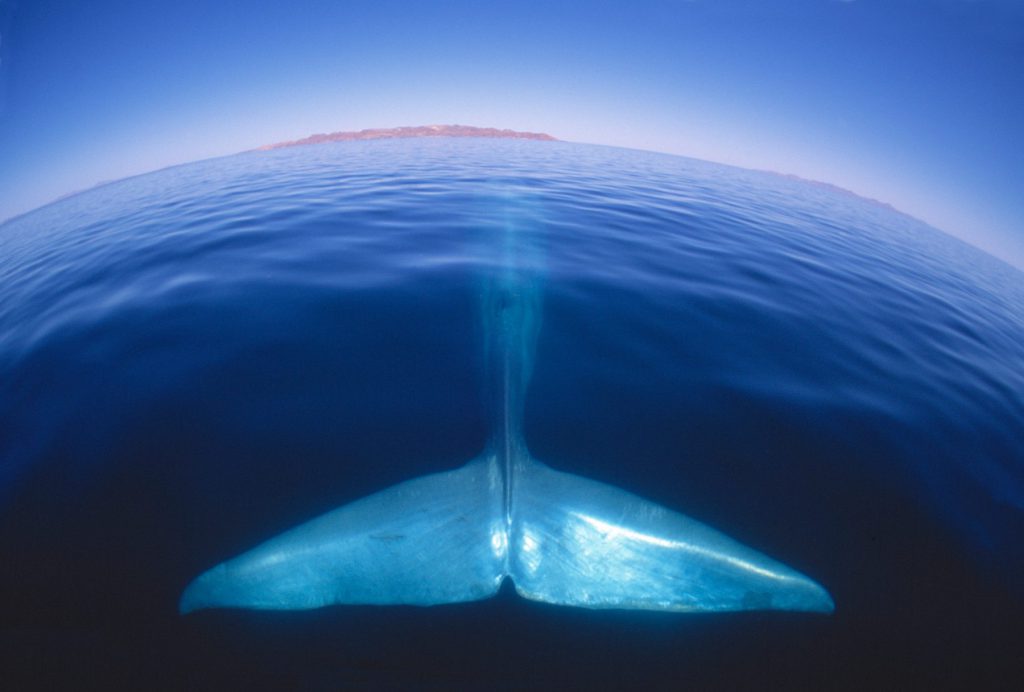
“The pandemic has forced me to be more focused and channel my future activities to awareness of the blue whale, which is considered the dinosaur of our time. Unfortunately, this unique mammal, one of the greatest dinosaurs of all time, is now under extinction, due to deadly collisions with ships in the open sea. I also focus on documenting two other rare and endangered species but currently am forced to keep my projects secret for editorial reasons.”
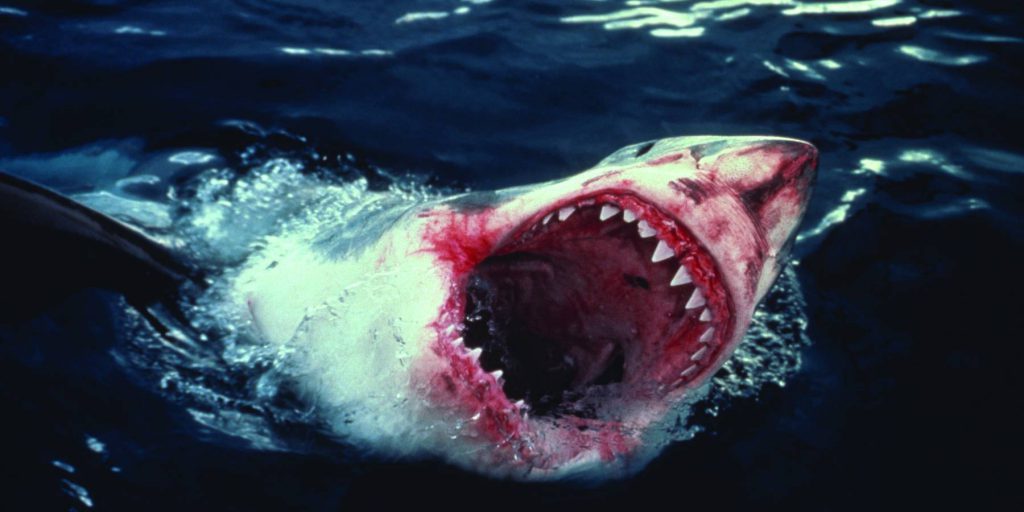
“Each of the images I have chosen represents a different unique encounter with nature, as well as another breakthrough point in my career. The photos illustrate my mission over the past 45 years – to set an example of harmony in wild nature.”

